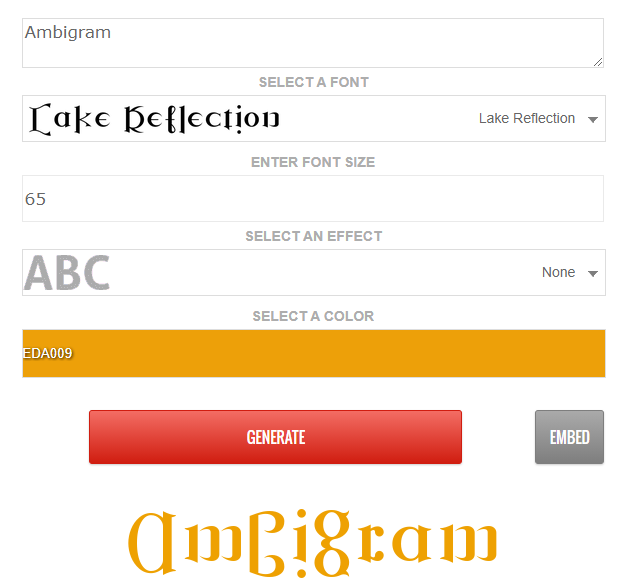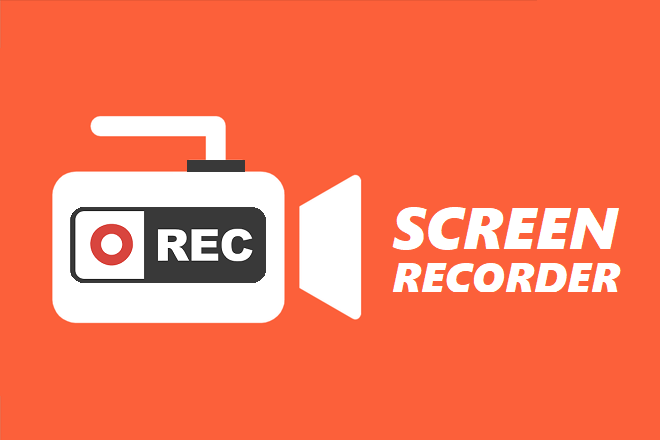If you are looking for a freelancing job, so how do you know the best way to break into this enticing online work world? This guide will walk you through the entire bidding process—from which jobs to bid on, to how to write up a proposal, to what to charge and how and when to negotiate.
Selecting Jobs to Bid On
There are many platforms are available for freelancers to get a self-employed job online. You can develop your business and connect with more customers by joining freelancing websites.
Let’s see few popular freelancing websites.
| Freelance Platform | Official Website |
| Upwork | |
| Toptal | |
| Simply Hired | |
| iFreelance | |
| People Per Hour | |
| Fiverr | |
| Guru |
Once sign in your account you’re ready to begin searching for jobs. The two most important keys to finding quality jobs are the type of job you’re looking for, and the quality of the person who might hire you.
To get started, the type of job can be distilled into the two most impactful choices:
- Job goal.
- Project budget.
Choose the subsets of projects from which you’d like to select. For example, let’s say you’re a ghostwriter. You might click on Ebooks, Ghostwriting, and Creative Writing.
Next, choose a budget range for your first project. Bigger, more complex projects will have higher budgets. At the beginning, consider choosing a smaller budgeted project range until you build up experience.
Now you’ve finished selecting the type of job you want.
The second half of the equation is choosing what type of person you want to work for. This is one of the most important aspects of freelance jobs. Let’s face it, some people are great to work for and others are … challenging. Fortunately, freelance platforms let you learn about your potential client before you actually bid on his or her project. Gathering this information is quick and easy.
From the search page where you decided what type of job to sort for, select a project that interests you and click on its title. This will bring up the project description. The project description is where the client describes his or her job and what type of freelancer they’re looking for.
Ask yourself:
- Is the project description clearly written?
- Has the client taken the time to make sure there is sufficient detail laid out to work easily from?
- Does the client know the end result they’re looking for?
- What resources will be available for you?
- Are the budget and timeline reasonable?
- Does it feel right?
Much can be learned from these job descriptions. This will give you an idea of the different types of clients.
Next, when you find a project that interests you, click on the client’s username. This will take you to the Job Postings and Rating page and a goldmine of information.
The key details you should watch for are:
- number of projects posted
- award ratio
- total spent
- feedback received and given
Even though a large number of projects posted are a good sign, a low award ratio means many of these were never awarded. This is a red flag in that the client might not be serious. Consider avoiding these projects.
Also, note the total amount of money they’ve spent. Remember, you want active, professional clients. Clients brand new to the freelance platform can be good, but make sure they have written a very clear project description because that’s all you have to go on when determining if you want to bid on their project or not.
Finally, read the feedback they’ve given and received from previous projects. You’re looking for a client that appears friendly, positive, and easy to work with.
If they consistently give low job ratings they may have unrealistic expectations. If they consistently have disputes or negative interactions with their prior contractors also give them a wide berth.
Writing Your Proposal
Once you’ve identified several jobs that interest you, it’s time to write up your proposals (these are also known as bids).
To successfully bid on a project you must think like a client. What would you be looking for in a freelance writer? The project proposal is your chance to let the client know you understand what they want and are the right person to deliver.
Keys to successful project proposals are:
- The proposal is about the client’s needs, it’s not about how wonderful you are.
- Let the client know you clearly understand the scope of their project.
- Ask questions to clarify issues and to begin a dialogue.
- Never cut and paste the same proposal into different projects. Clients can smell these cyber-miles away and will know you aren’t thinking of them specifically.
You can use the same general format for each proposal. Below I have bulleted one such structure:
- The introductory paragraph stating the client’s specific project goal and why it interests you.
- Mention that you’ve attached 1–3 pieces of sample work that are similar to what they’re looking for.
- A plan of action for getting the project done. This can include milestones along the way, a deadline, and any other issues that you can place in a bulleted list.
- Questions and/or ideas you want to share.
- Finally, why you are the best person for the project. Note that this comes last.
What to Charge
At the beginning and until you build up your own client feedback, you will need to match your project fee to the others placed for the same project. You can find the current bid range from the same page as the project description.
Just scroll down and you will see a summary of how many contractors have bid on the project and what the current range is. You will also be able to see who else is bidding on the same project.
Until you’ve built up feedback on three to four projects, place your bid in the bottom half of the range. If that’s too low for you, don’t bid on the project. Find another that will pay you more appropriately for your services. Don’t work for ridiculously low fees. It’s a disservice to you and to other freelancers.
If you have extensive experience and credentials in your field already, you can skip this stage. However, you need to make sure the prospective client knows you have this experience when you write your proposal.
When you have positive feedback built up you can begin to raise your fees. Remember, good clients will pay for quality work. Research what other successful freelancers are asking and also what the industry rates are to get a feel for what you can charge.
Ask yourself, did the other projects I do that pay me enough to justify the time I spent? If so, calculate an hourly rate from this. If not, what would have been the right amount of pay? Decide on an hourly rate for yourself. Next, use the following formula for pricing projects you bid on:
- Make a list of everything you must do.
- Calculate how much time it will take to do each item. Add this up.
- Times the number of hours of estimated work by your desired hourly rate.
Now, you have your project price.
Monitor the percentage of projects you are awarded. If your award rate goes too low, you will need to reassess your hourly rate. If your award rate is high, you are either right where you should be or you can consider raising your rates.
Negotiating
Sometimes clients will ask you to negotiate your rates down. As a rule of thumb, don’t do it. It’s as if they’re suggesting you overcharged them in the first place. Remember, you provide a valuable service and should be paid appropriately.
However, if they seem to be working within a limited budget and you want to do the work, ask them to reduce some amount of the work along with the reduction in your fee. For example, instead of three revisions of the first draft, they only get two.
Bidding on freelance writing jobs doesn’t need to be difficult or foreboding. You must, however, think smart about what work you want to do and for whom you want to be working.






